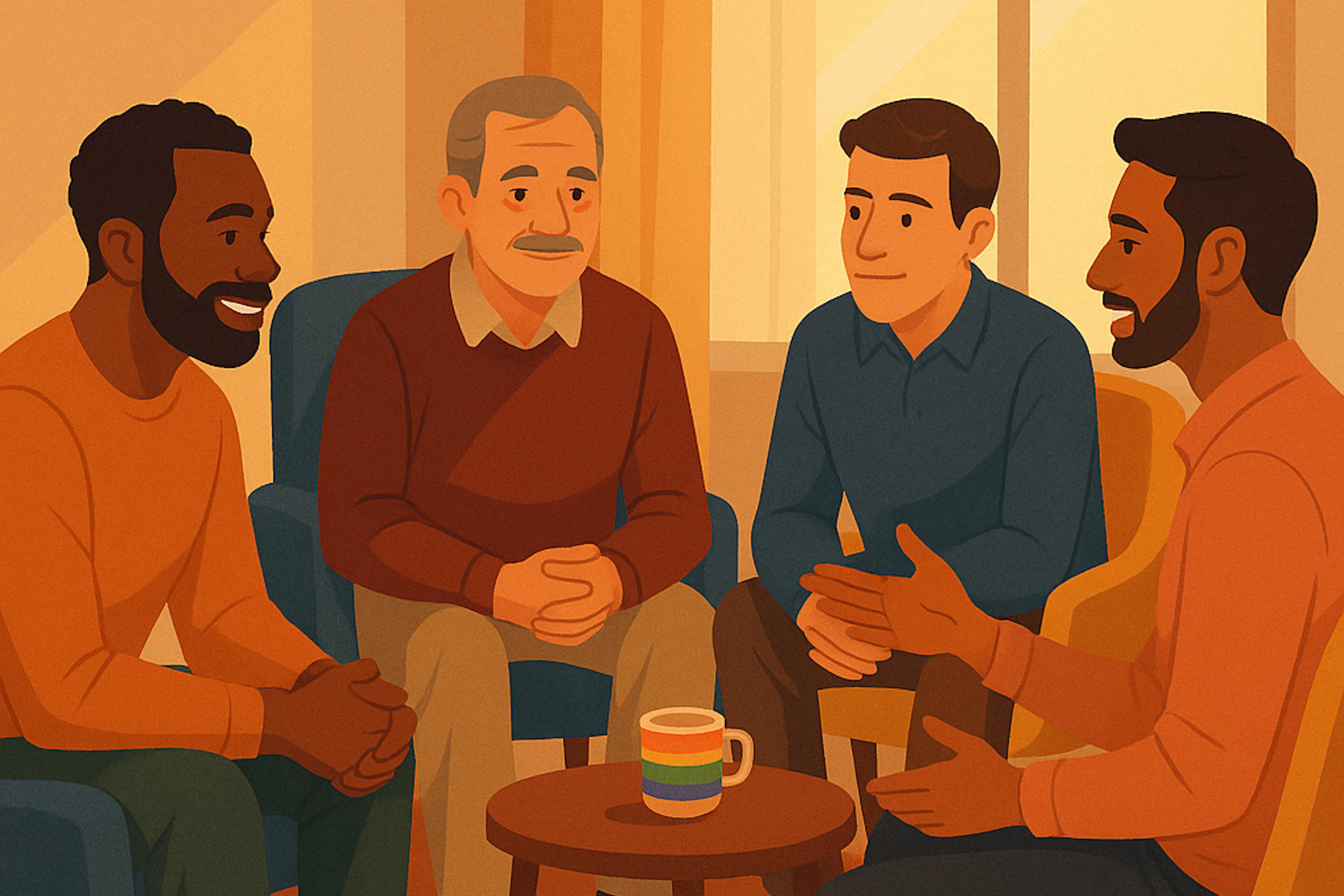Part III of the series: The Power of Group Therapy for Gay Men
How to Recognize a High Quality Group Therapy group?
A well-run therapy group creates a space where vulnerability is nurtured, and participants break down barriers that prevent them from engaging authentically with others. But in order to get to this place there’s some things that need to occur.
For group therapy to be effective, members must have a clear understanding of what to expect.
While part of the goal of group therapy is to allow natural dynamics to emerge among the participants, it is also crucial to establish clear rules and boundaries from the outset. For example: everything that is said in group stays in group. Confidentiality is key to trust.
So let’s look at what boundaries are most commonly set up. Confidentiality is going to be first. This means ensuring that what is said within the group stays within the group. Now a licensed therapist is obligated to keep this boundary, but the word of the group is only held to its own word. So members verbally agree to this and if qualms arise it is addressed in the group space. Sometimes we may even make space to help a group member study their fears or worries in the group or help another member practice accountability. A vital part of growth in group therapy is gaining deeper insight into how you experience and navigate relationships.
Another hallmark of a high quality group is that the expectation of commitment has been outlined up front so members understand the importance of attending sessions regularly and on time. Why? Well, showing up for others consistently is an act of showing up for ourselves. And, keeping our word and keeping our commitments are skills we can build up and bring to any or all of our relationships in the world.
In the majority of classic group therapy groups, members avoid personal communication outside of group sessions. A therapy group is an ecosystem with its own set of unspoken rules and dynamics like this, where the space is held to a certain structure in order to use the social experiences as a therapeutic container. Some other important components often include a willingness to engage in open and honest communication amongst the group members; A curiosity to explore what shows up for you–both good and bad–within the group setting; and a tolerance toward others who may offer differing opinions and/or perspectives.
If you’re looking for a therapy group specifically designed for gay men, here are five key qualities that can indicate a strong, therapeutic space:
- Fostering Connection: Many gay men experience a profound sense of isolation, often because they feel disconnected from their peers or from society at large. Group therapy provides an opportunity to foster deep connections with others who share similar experiences and challenges.
- Decreasing Shame: For many gay men, shame is a persistent, almost invisible barrier to personal growth. Group therapy helps create a space where shame can be minimized, allowing participants to explore their emotions and experiences without fear of judgment.
- Improving Interpersonal Skills: Gay men often face difficulties in navigating relationships due to societal stigma and internalized feelings of inferiority. In group therapy, participants can practice and refine their communication and interpersonal skills in a safe, supportive environment.
- Expressing Emotions in a Safe, Affirmative Space: Many men, especially gay men, have been socialized to suppress their emotions. Group therapy offers a supportive environment where individuals can express their feelings in ways they may have been unable to do in their daily lives.
- Altruism—Helping Others: There is immense healing that comes from helping others. The act of supporting fellow group members creates a sense of purpose and self-worth, which is especially powerful in group therapy. A hallmark of group therapy is engagement and upliftment from other group members.
Join my ongoing virtual therapy group series for gay men every Monday.
